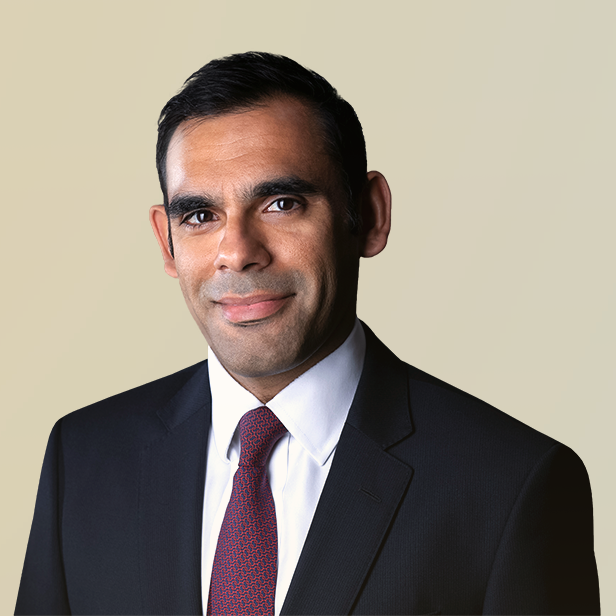Emerging IoT Innovations Attract Corporate and Private Equity Investment
Jun 2020
The Internet of Things (IoT) has experienced steady uptake in recent years, offering businesses a range of cost-saving benefits including improved productivity, enhanced situational awareness and a reduction in human error. Now, more than ever, companies are realizing the importance of IoT as a way to transform their approach to traditional business challenges, with 88% of business decision makers with IoT experience viewing the technology as “critical to business success.”
According to forecasts from GlobalData, IoT and digital connectivity remain a substantial and developing market projected to grow at a 20% 5-year CAGR from 2018 to 2023. Significant revenue is projected to come from software and services, reaching +$226 billion by 2023. In addition, strong growth is projected to come from connectivity and devices with 23% and 28% 5-year CAGRs respectively during that same period.
IoT technology is allowing companies to make informed decisions using more real-time, accurate data—an advantage that is critical for businesses going forward and further reinforced when faced with a black swan event like the current pandemic.
The IoT landscape is constantly evolving, but corporate investors and private equity firms looking to build a comprehensive IoT offering should consider these new, innovative solutions when evaluating opportunities:
| Edge Computing – IoT devices used to rely on sending and receiving copious data from the device to the cloud, a time and resource intensive process. With so much data being collected in real time, this could often require enormous amounts of bandwidth, driving up costs and complexity. Edge computing has changed that. Instead, edge computing allows computation and data analytics to take place at or near the source of the data—the edge of the network—as opposed to in a far-off data center or the cloud. For example, a grocery store’s IoT sensors that track inventory levels can use microprocessors at the edge to analyze trends regarding which products need to be restocked, as opposed to sending the signal back to a centralized system. As IoT devices become smaller, more efficient and powered by faster networks such as 5G, the attractiveness of incorporating edge computing in an end-to-end IoT platform will grow. |
| Predictive Analytics – Predictive analytics software solutions for IoT help identify trends in existing data sets to predict future company needs more accurately. It is one thing for a company to make an informed decision in the present—but businesses can harness predictive analytics to shape their decisions for the future. Predictive analytics empower companies to contain costs, capture full demand and eliminate downtime. For example, one application is shipping companies implementing the technology to track patterns in the volume of empty containers at various ports to predict where empty containers will be needed, rerouting them to the location in need to maximize efficiency. |
| Harvested Energy Devices – Some portable IoT devices are now powered solely by harvested energy, forgoing a replaceable or rechargeable battery in favor of renewable sources like light, thermal or radio frequency energy. These battery-less devices are often simple to install, require less maintenance, and cost significantly less to operate—allowing companies to maximize returns on their IoT investment. In high-stakes IoT applications, like remote patient monitoring, reliable and continuous power is critical. By investing in harvested energy devices over products that require batteries or wired power, businesses can enable next-gen use cases in new industries and save on maintenance costs and potential infrastructure hurdles seen with more traditional setups. |
Lincoln Perspective
For corporate and private equity investors, strategic IoT acquisitions can help them build a platform that combines technologies to create a more comprehensive and revenue-generating solution.
Notable market conditions include:
| Fragmented market leaves opportunities for consolidation: The extensive growth of investments and entrants in IoT has resulted in a deeply fragmented space full of innovative point solutions, creating opportunity for consolidation as connectivity tail winds push strategic oriented acquirers and investors to invest in advanced platforms. |
| End-to-end solution offers competitive advantage: Well-capitalized corporate investors are interested in building platforms that span the complete continuum of IoT devices and software solutions to enable “full-stack” platforms with higher topline growth and enhanced gross margins to better serve customers and facilitate cross-selling. For PE investors, complementary tuck-in acquisitions with innovative technology or entrenched customer sets are an attractive option for existing platforms. |
| For sellers, quality companies still fetch quality prices: While tech valuations have been historically high and the current environment has led to challenges in pricing private companies, Lincoln expects quality companies in the IoT space will still garner quality prices—especially from large strategic-oriented corporate buyers. |
| SaaS unlocks higher revenue growth: While the sale of devices can generate one-time revenue events, offering IoT SaaS solutions as part of a “full-stack” solution can establish predictable, ongoing revenue potential. In addition to selling advanced devices, IoT companies that offer an ongoing subscription to maintain services and provide ongoing insights solidify a recurring revenue stream—often at higher margins—in the long-term. |
Summary
-
Lincoln International Internet of Things (IoT) experts review how market conditions are shaping IoT investments.
- Click here to download a printable version of this perspective.
-
Lincoln International has created a Playbook to support business leaders in documenting and articulating their COVID-19 response. To request a copy, click here. - Sign up to receive Lincoln's perspectives
Contributors
Meet our Senior Team in Technology, Media & Telecom

I am inspired by working with entrepreneurs and innovators who feel passionately about what they are creating.
William Bowmer
Managing Director
San Francisco











